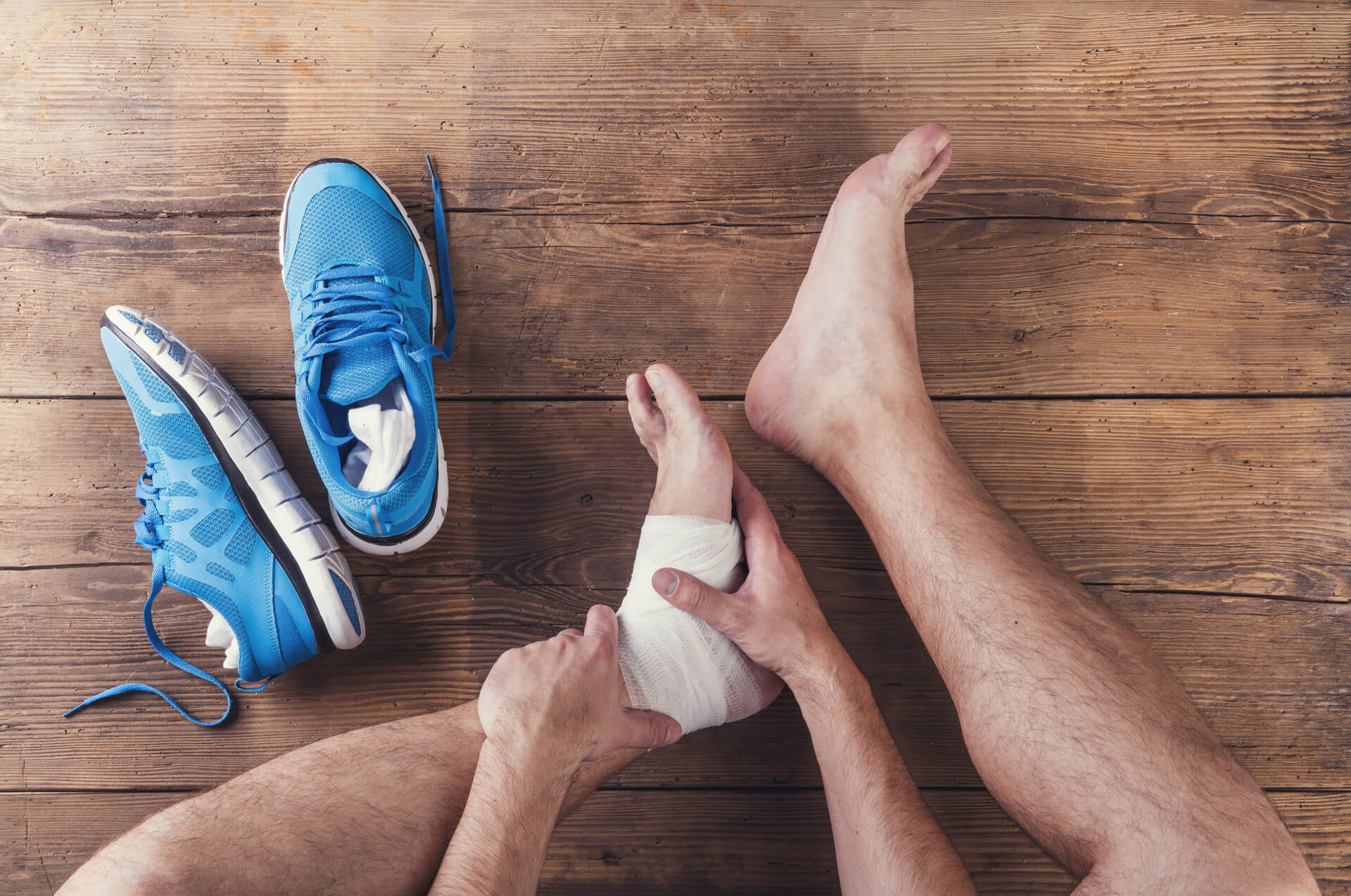One of the easiest physical diagnosis to make is plantar fasciitis or heel spurs.
But unfortunately treatment of this common problem is not nearly as easy.
When I hear ‘when I get out of bed the first ten steps are agony’ and the client points to the inside of their heel, they probably have plantar fasciitis.
Plantar fasciitis is of course the chronic inflammatory response to repeated trauma to the attachment of the plantar fascia to the medial calcaneum.
The problem is very common, and can affect women in their middle age, young sportsmen, and everyone in between.
Tenderness on the point of insertion, and the presence of the heel spur on x-ray go further to confirm this diagnosis.
The causes of plantar fasciitis can be wide and varied.
Tight calf muscles can significantly affect this problem, as can wearing high heel shoes.
Pronated or flat feet puts excessive stress onto this attachment and the problem will continue until this is corrected.
However, fixing this problem is the hard bit.
The response to trauma over a long period of time makes correcting this problem very difficult.
Anti-inflammatories and cortisone injections can give significant improvement.
But they may only clear the symptoms not the cause, and benefits can be short lived.
Properly designed orthotics can give significant long term relief, however this does not always give immediate results.
Your local Lifecare sports medicine doctor, physiotherapist, and/or podiatrist can significantly help this problem both in the short and long term.
Strapping is often an extremely useful method of decreasing the stress onto the attachment of the plantar fascia, giving the tissue a chance to heal.
Local treatments such as electrotherapy can significantly reduce the inflammation.
A full bio-mechanical assessment can highlight the main causes and how to correct them.
So next time your patient mentions heel pain, don’t just treat the symptoms help fix the cause.
Contact your local Lifecare practitioner.
Click here to find your closest Lifecare clinic.

